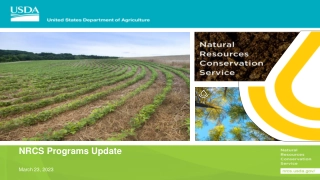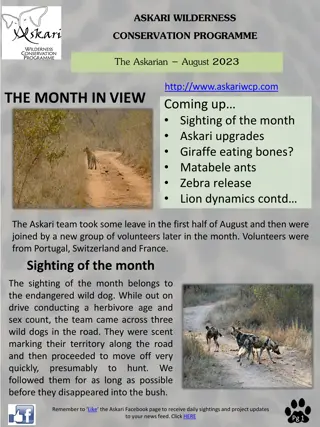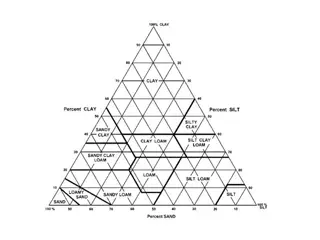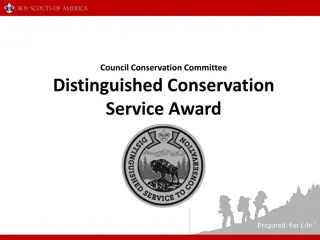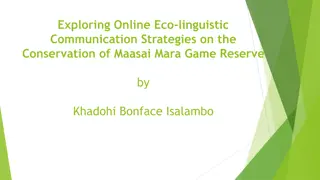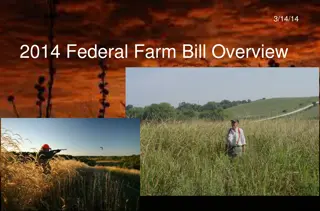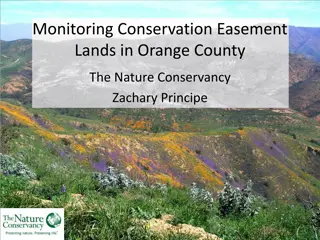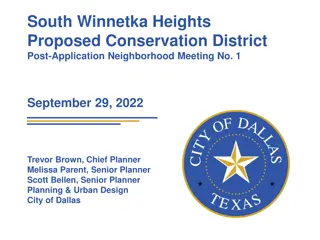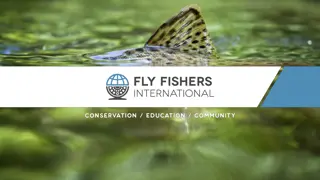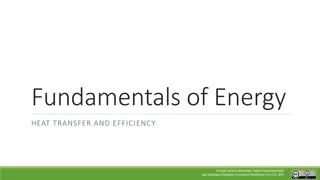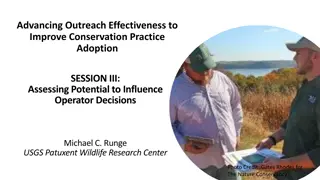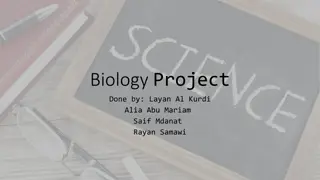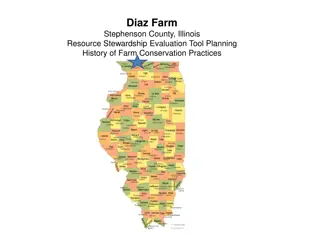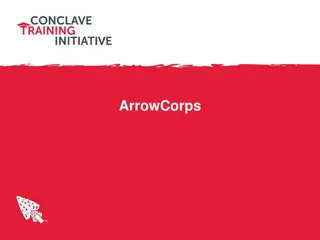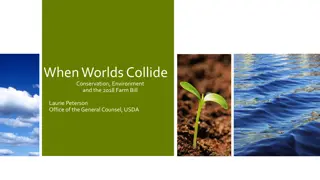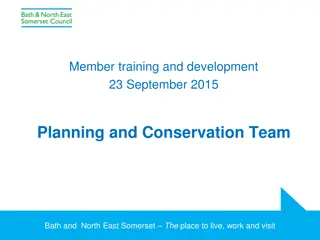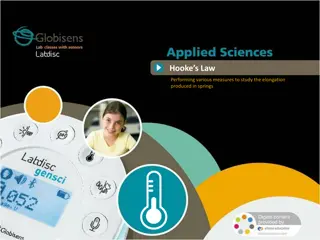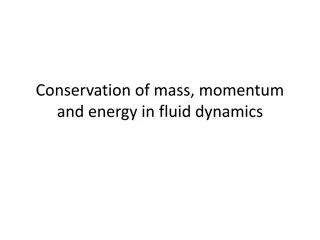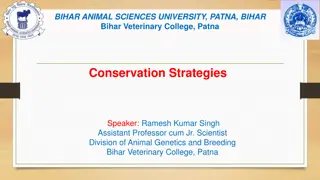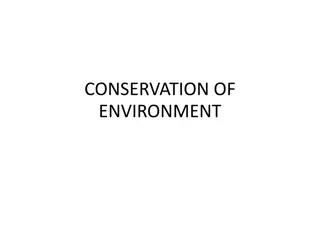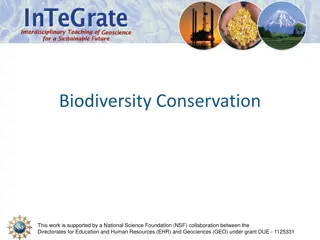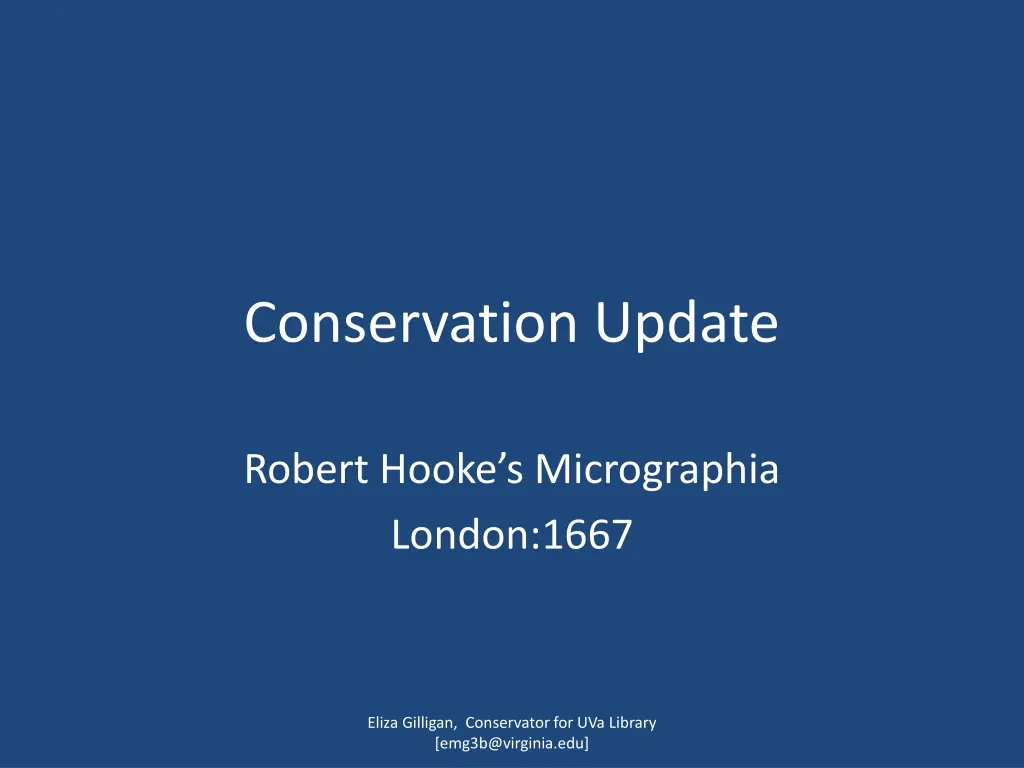
Micrographia Conservation Update
Explore the historic Micrographia publication by Robert Hooke from 1667, the beginning of microscopy. Eliza Gilligan, Conservator for UVa Library, shares insights on conservation processes, including assessment, research, and treatment proposals. Witness the restoration journey of this landmark work, from dry cleaning to putting it all back together.
Download Presentation

Please find below an Image/Link to download the presentation.
The content on the website is provided AS IS for your information and personal use only. It may not be sold, licensed, or shared on other websites without obtaining consent from the author. If you encounter any issues during the download, it is possible that the publisher has removed the file from their server.
You are allowed to download the files provided on this website for personal or commercial use, subject to the condition that they are used lawfully. All files are the property of their respective owners.
The content on the website is provided AS IS for your information and personal use only. It may not be sold, licensed, or shared on other websites without obtaining consent from the author.
E N D
Presentation Transcript
Conservation Update Robert Hooke s Micrographia London:1667 Eliza Gilligan, Conservator for UVa Library [emg3b@virginia.edu]
What is Micrographia? The landmark publication that initiated the field of microscopy. The first edition was published in London in 1665. Robert Hooke described his use of a microscope for direct observation, provided text of his findings but most importantly, large illustrations to demonstrate his findings. The UVa Library copy is from the second issue printed in 1667. Eliza Gilligan, Conservator for UVa Library [emg3b@virginia.edu]
The louse Eliza Gilligan, Conservator for UVa Library [emg3b@virginia.edu]
How does conservation work? Assessment: What does the book need? What can be done? How will the book be used?
How does conservation work? Research: Is the current binding accurate? Is there significant provenance information that needs to be retained? What else do we know about the book? Eliza Gilligan, Conservator for UVa Library [emg3b@virginia.edu]
How does conservation work? Treatment proposal Approval from head of Special Collections Photo documentation of condition prior to treatment Proceed! But always keep your eyes open! Eliza Gilligan, Conservator for UVa Library [emg3b@virginia.edu]
Dry cleaning & washing, mending Eliza Gilligan, Conservator for UVa Library [emg3b@virginia.edu]
Putting it all back together Chemical Heritage Foundation -1665 UVa Library -1667 Eliza Gilligan, Conservator for UVa Library [emg3b@virginia.edu]
cheese mites Chemical Heritage Foundation- 1665 UVa Library 1667 Eliza Gilligan, Conservator for UVa Library [emg3b@virginia.edu]
And the louse! UVa Library 1665 Chemical Heritage Foundation-1665 Eliza Gilligan, Conservator for UVa Library [emg3b@virginia.edu]
the conservation lab blog http://atthebench-conservation.blogspot.com/ Eliza Gilligan, Conservator for UVa Library [emg3b@virginia.edu]

